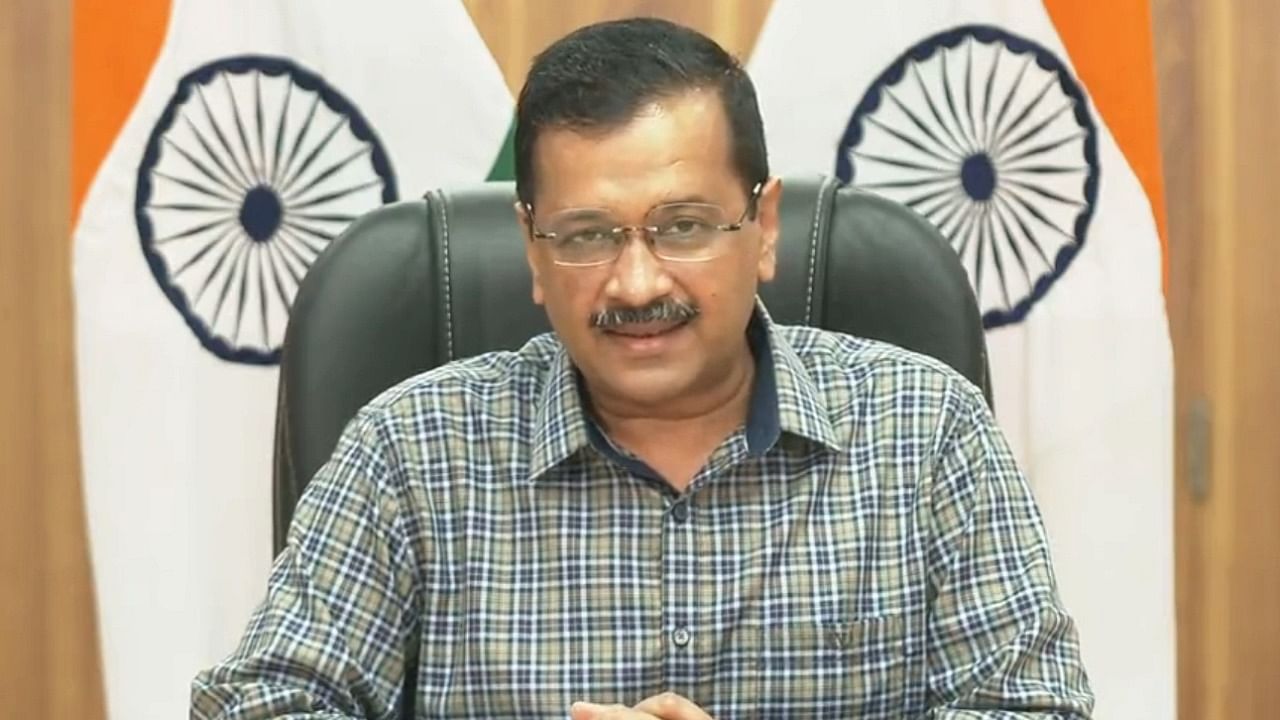
Since its electoral debut in 2013, the Aam Aadmi Party (AAP) has maimed the Congress more than the BJP, Delhi and Punjab being examples. It would also be far-fetched to project the AAP as a challenger to the BJP in no more than a few dozen Lok Sabha seats across India in 2024. Then why does the AAP so threaten an electoral colossus like the BJP?
The BJP’s recent broadside against the AAP, with Prime Minister Narendra Modi himself leading the charge, slamming it for engendering a freebies culture, and probes by central agencies into alleged corruption by its ministers, is intriguing. A standout feature of this continuing BJP versus AAP face-off is that, for the first time, the BJP is answering instead of questioning.
The BJP’s anti-opposition ammo of venal dynasticism, corruption and minority appeasement, which it deploys tellingly against the Congress and several regional parties, has proved less potent against the fleet-footed AAP. As a tactician, Arvind Kejriwal is wiser after his direct personal attacks on Modi boomeranged.
Taking a leaf from the Sangh Parivar’s art of ‘badi lakeer’ politics, that is, to proffer to the people a vision bigger than that of your rival, Kejriwal has announced the launch of the ‘Mission to Make India No 1’ for 2024.
It commits delivery of affordable and quality healthcare and education, fair prices for farmers, women’s empowerment and employment for the youth. The AAP’s promises of free public transport for women and free water and power appeal to the urban poor amid inflation and plateauing of real wages.
Not merely increasing urbanisation – the World Bank estimates 40 per cent of India’s population will be urban by 2030 – but also fatigue with identity politics makes the AAP attractive.
Add to this Kejriwal’s image of a middle-class incorruptible meritocrat with no political pedigree. But to think any or all of the above reasons might help the AAP defeat the BJP or displace the Congress and others in the Hindi heartland as the main opposition by 2024 is unrealistic.
The AAP’s threat to Modi-led BJP’s hegemony is beyond electoral, at least in the context of 2024. In shaping perceptions, the AAP punches much above its legislative weight.
Its leaders lack political baggage and craft political arguments inconvenient to the BJP while sidestepping those where the BJP traps most other parties, e.g. Hindutva.
The party’s battle-honed social media team backs this perception war to the hilt and has repeatedly worsted its BJP counterpart. The BJP’s trained cadre is now bloated and burdened by imports from Congress and others, while the AAP is a nascent set-up with an aggressive set of leaders and a young cadre.
Moreover, since the BJP has achieved much of its Hindutva agenda, the focus in 2024 polls could again be on its other commitment of delivering ‘better days’. Kejriwal has upped the ante against the BJP in poll-bound Gujarat regarding issues of delivery of services.
The BJP’s stupefied state unit, which has ruled Gujarat for 27 years, has been looking at Modi and Shah for answers. It would also be simplistic to think that Kejriwal will eat into the Congress votes in Gujarat.
Despite the sweep in Punjab, which has its unique characteristics, the AAP is still primarily a party with appeal among the urban poor and middle classes. In contrast, the Congress has deep roots in rural Gujarat.
The AAP was born out of the “India against Corruption” movement, which helped the BJP decimate Congress in the 2014 Lok Sabha polls. Similarly, could the entire opposition be the unintended beneficiaries of AAP’s prescient anti-BJP campaign?
Ahmedabad-based political commentator R K Misra says that the AAP has forced the BJP to mute its ‘Congress-mukt Bharat’ offensive and might, in the years to come, rue its overemphasis on the slogan. As a Gujarati saying goes, ‘bakru kadhta, utt paithyo’, or the bid to get the goat out ended with the camel getting in.